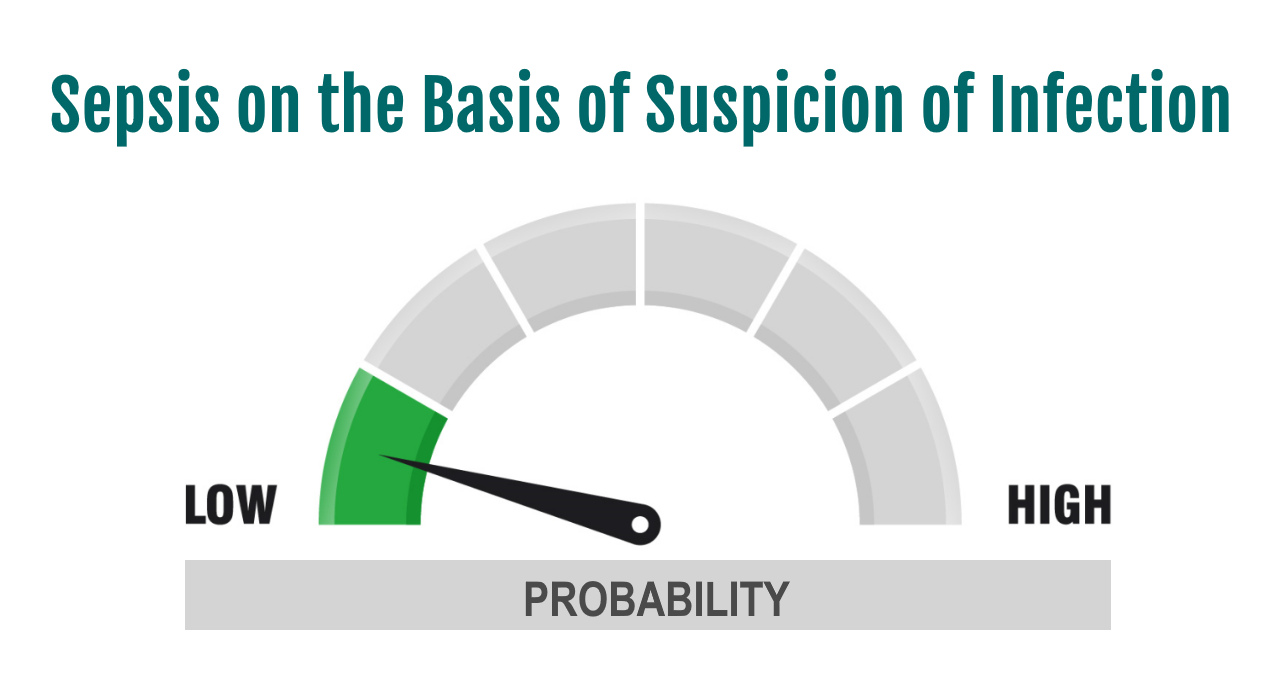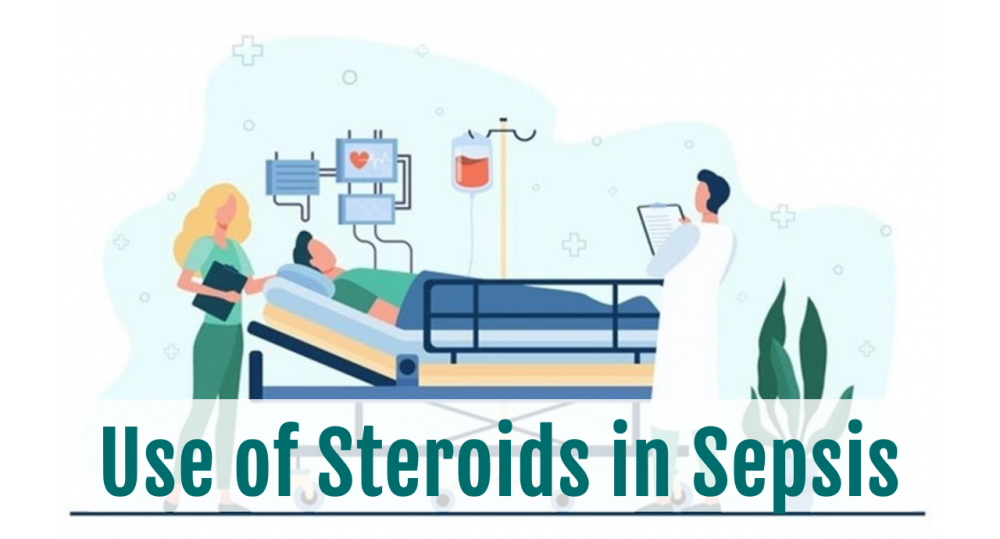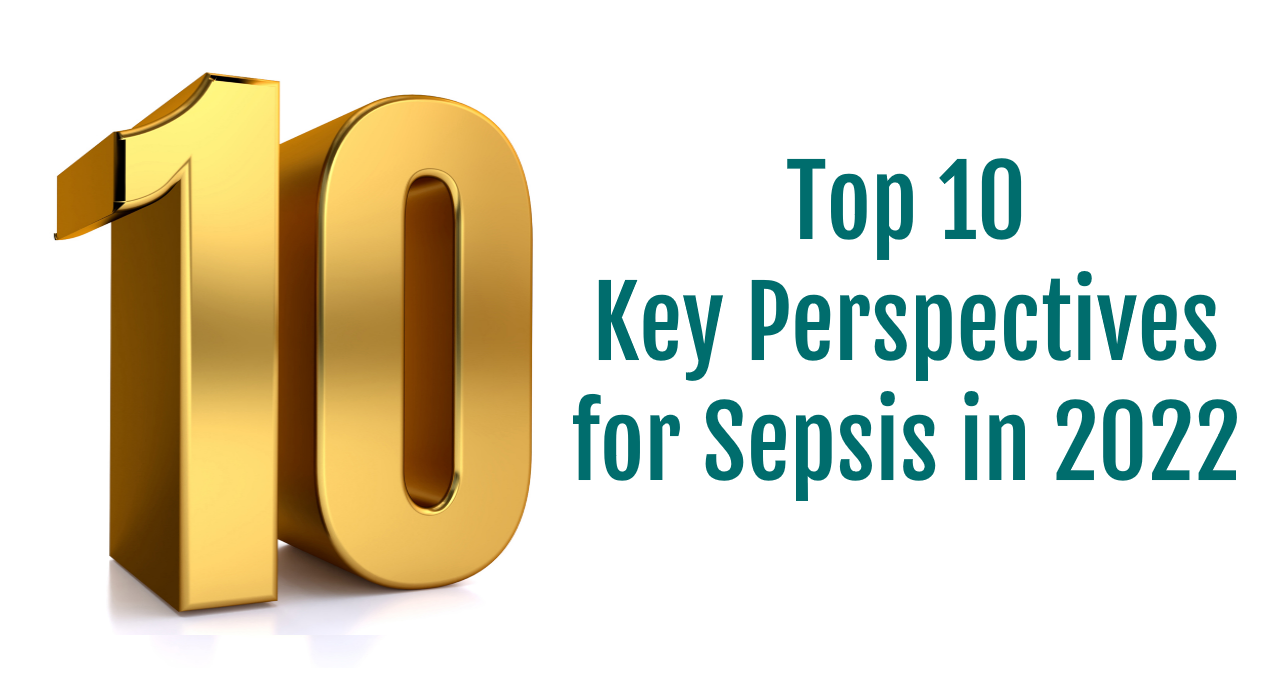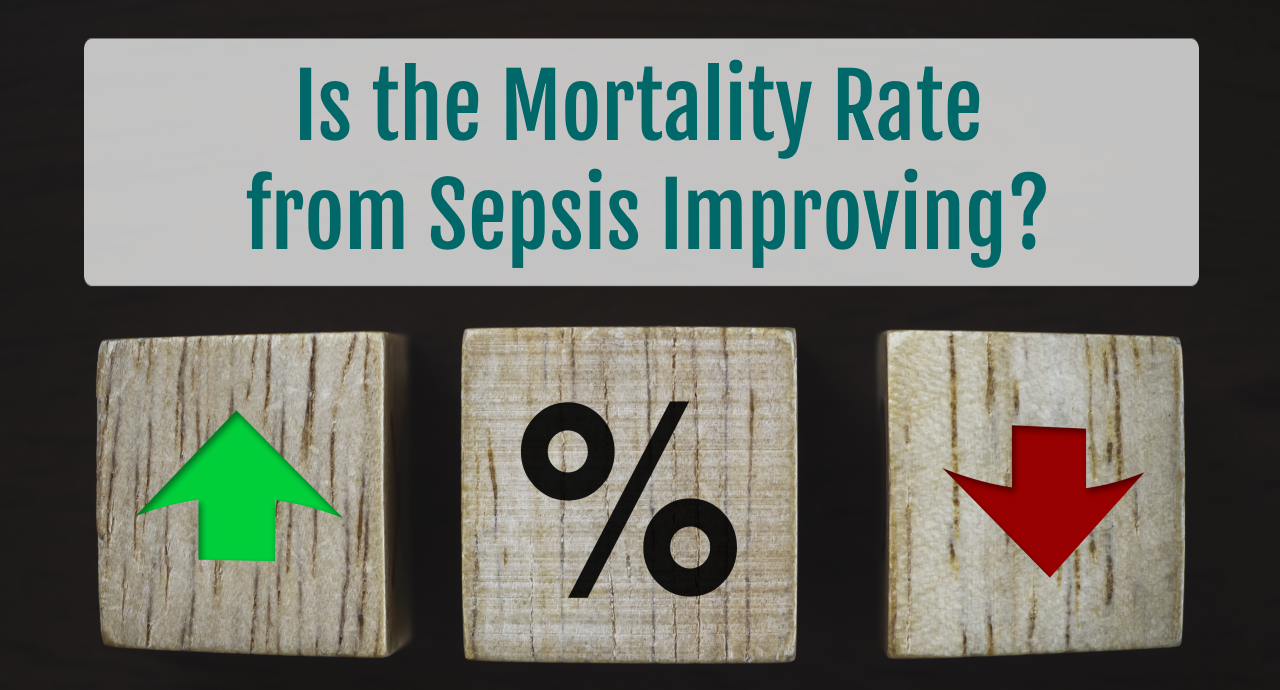Sepsis on the Basis of Suspicion of Infection
Sepsis on the Basis of Suspicion of Infection SUMMARY A suspected or documented infection is required for the diagnosis of sepsis. The lack of a “gold standard” for sepsis diagnosis coupled with the delay of culture results increases the likelihood of including patients in the sepsis management pathway who do not actually










